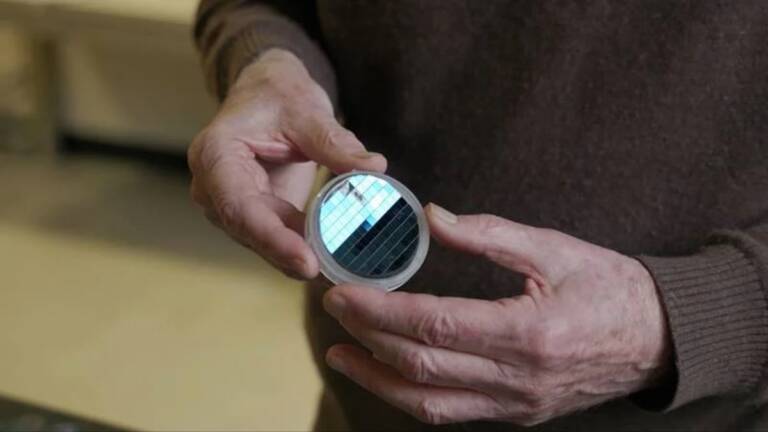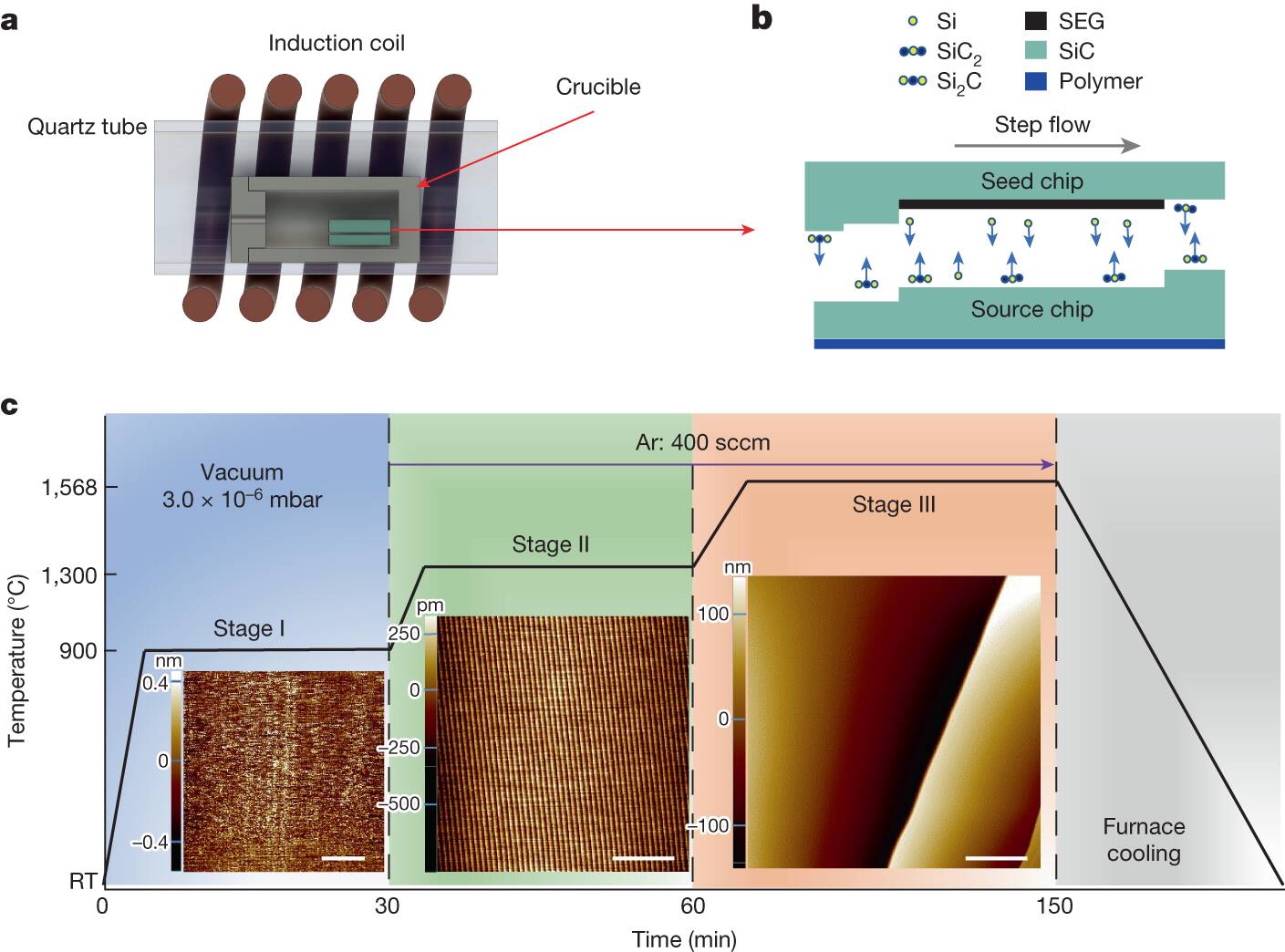The first graphene semiconductor created: a future of electronics beyond silicon opens up

A Chinese-US research team has synthesized a functional semiconductor from graphene for the first time, in a possible leap forward for superfast computing beyond silicon chips.
Graphene is a simple material, made up of a single layer of carbon atoms, which is said to be a million times thinner than a human hair. But it's tougher than almost anything else in nature and beats silicon hands down when it comes to electronic potential. But until now some physical factors had prevented this
Since graphene was discovered in 2004, scientists have been trying to use it, in combination with other carbon materials, to design a new type of chip that consumes less power and works faster than any existing semiconductor.
This long-eluded feat may now be closer to reality, according to nanoscientists at China's Tianjin University and the Georgia Institute of Technology , whose findings were published Wednesday in the journal Nature .
Chinese state media hailed the feat as a major breakthrough for the use of graphene in chipmaking.
“This research has not only maintained the remarkable stability of graphene, but also introduced new electronic features, paving the way for graphene-based chips,” Beijing's Science and Technology Daily said in an article on Friday.

The study was conducted by professors Ma Lei of Tianjin University and Walt de Heer of Georgia Tech. Both have focused on graphene electronics and other two-dimensional materials since they founded the Tianjin International Center for Nanoparticles and Nanosystems at Tianjin University in 2018.
Known as the first room-temperature stable two-dimensional material, graphene's unique electronic structure also means it has a zero bandgap, meaning there is no difference in energy when electrons in semiconductors jump between the low and high bands. power. If there is no energy difference there is no possibility of using the material as a semiconductor. The lack of this natural gap hinders graphene's semiconducting capabilities, making it less suitable for electronic devices.
Overcoming this challenge without losing the intrinsic properties of graphene is a critical step for its practical use in electronics, “The reason why our research is appreciated is that it can really make graphene electronics practical in the future and remove the biggest obstacle."
The new method creates a special layer on graphene that generates the necessary space for electrons and allows them to move very quickly, much faster than in silicon and similar materials.
This is a big step forward for the use of graphene in electronic devices, giving it the right properties to work well as a semiconductor. To make this discovery, Ma and his team used a method called quasi-equilibrium annealing, which involves carefully heating and cooling a material to change its structure. The process begins by heating a silicon carbide substrate in an oven and then holding it at various temperatures for specific periods. This creates smooth, flat surfaces, ideal for adding a layer known as “epigraphene”. This layer is crucial because it introduces the necessary electron gap, making graphene suitable for electronic devices. Furthermore, it ensures that graphene is strong and easy to process, promising wide commercial application in electronic devices.

Thanks to our Telegram channel you can stay updated on the publication of new Economic Scenarios articles.
The article The first graphene semiconductor created: a future of electronics opens up beyond silicon comes from Economic Scenarios .
This is a machine translation of a post published on Scenari Economici at the URL https://scenarieconomici.it/creato-il-primo-semiconduttore-al-grafene-si-apre-un-futuro-dellelettronica-oltre-il-silicio/ on Fri, 05 Jan 2024 16:33:41 +0000.
